The draft report on New Education Policy presents a healthy, constructive plan to address the issue of dropped out adolescents. ‘Second chance education programme’ if and when properly implemented, would serve as an effective game changer.
‘In cases of children or adolescents who have been out of school for multiple years, sustained programmatic initiatives will be undertaken to provide them meaningful education and training opportunities. Access to Second chance education programmes will be enhanced by establishing equivalency and bridging programmes, recognised and accredited by the school education system, wherever remedial programmes such as NTP and RIAP are insufficient.’ (P3.10)
(NTP – National Tutors Programme; RIAP – Remedial Instructional Aides Programme)
‘Drop-outs aged 15 and above, who have fallen too far behind or are nearly illiterate, will be given the alternative option to attend adult literacy programmes to gain foundational and functional literacy, and then, if desired, enrol in vocational training programmes conducted for adult neo-literates. Such decisions, regarding the optimal solution for each student, will be made in consultation with the students themselves, their parents, schoolteachers and social workers.’
Here again, to consult the students, parents and teachers is a good idea that makes sense but to bring the ‘social worker’ into the fold is a little baffling. Where it is not at all necessary, too much of involvement of too many players would only spoil the game. The role of the social workers should not be stretched far beyond to bring them into an academic right to be exercised by the triplet –student, parents and teachers. Introduction of a fourth player into it would only complicate the things that are in a disjointed form already.
‘Enabling multiple path ways to learning’ seems to be a well thought out plan. ‘to facilitate learning for all students, including CWSN and children of migrant workers, the scope of school education will be broadened to facilitate multiple path ways to learning involving formal and non formal education modes.’(P 3.11) (CWSN – Children With Special Needs)
This part of the draft particularly, the points mentioned in P3.11on page 71, should be one of the highlights of the report. It goes on to say –‘One of the thrusts would be to develop and utilise innovative educational platforms involving the use of technology, including the development and sharing of e-resources and promotion of e-learning ,and introduction of assessment on demand.’
It is doubtful whether those who dropped out from schools would be ‘comfortable’ with e-learning and whether it would help the students / aspirants sustain their interest in studies that the formal education failed to provide. But it is no harm in trying all possible modes to counter the prolonging stalemate over the issue.
‘Open and Distance Learning (ODL) programmes offered by the National Institute of Open Schooling (NIOS)will be expanded and strengthened for meeting the learning needs of young people in India who are not able to attend a physical school. Keeping in view the diversified needs of the target groups, NIOS will continue to offer Open Basic Education for learners aged above 14 years.’
‘In addition, the following programmes will be offered: education at A,B and C levels that are equivalent to Grades 3, 5 and 8 of the formal school system; secondary education programmes that are equivalent to Grades 10 and 12; vocational education courses / programmes; and adult literacy and life-enrichment programmes. States will be encouraged to develop State analogues of these offerings in regional languages by establishing State Institutes of Open Schooling (SIOS).’(P3.11)
How many of the ‘educationists’ in Tamilnadu who are shouting from the roof tops over ‘imposition’ of a language, did care to read this clause on ‘State analogues’ in regional languages and SIOS? The pity is that even the committee did not prefer to explain about this to the agitating, motivated groups but turned apologetic rather and immediately came forward to withdraw anything said about the third language in the curriculum!
It would have been more acceptable had the committee stuck to its recommendations and leave it to the Government to take an appropriate decision. But that was not to be. Fine, that is the ‘power’ of our democracy.
‘Loosening the input restrictions of the RTE Act and extension of the Act to secondary education’ are reasonable and should be implementable too. In the given situation, this is perhaps the best that the Government can do and the Committee has done justice to its job of formulating a Policy for the future.
Next comes chapter 4 on ‘Curriculum and Pedagogy in Schools’. The stated objective is – ‘minimise rote learning and instead encourage holistic developments and 21st century skills ……..’
‘Critical thinking, creativity, scientific temper, communication, collaboration, multilingualism, problem solving, ethics, social responsibility, and digital literacy’ – the report calls these to be ‘21st century skills’ as if it did not exist ever before.
It is childish to say that creativity and ethics are some of the 21st century skills. Our experience tells us that these two qualities were at its best a few decades ago and that they are on the wane now in every walk of life – leave alone in the academic scheme of things prescribed by the ‘Boards’.
We see deteriorating standards of life on the moral and ethical front and this has been the heart burn of many of the sociologists; not of the social activists blabbering on the regional media all thro the day and night.
What were known till yesterday as virtues and qualities are but ‘skills’ for the committee now. We do not understand how and where did the committee ‘find’ this theory of ‘21st century skills’!
It is not a flawed sentence; but, a false observation. Particularly in the context of school education, teaching and learning, this means a lot. Because, a virtue or a quality is imbibed or inculcated as a way of life; whereas, a ‘skill’ is taught and developed into a talent. There is so much of difference and the committee seems to be ignorant of it. This faulty conclusion, if allowed to take shape, would absorb many ill conceived ideas into the system leading to unhealthy practices with wider ramifications all over the society.
Critical thinking and scientific temper are some of the attributes that were there in every one all along and to tag them with a ‘21st century’ label is to insult our forefathers. Same is the case with communication, social responsibility and problem solving’. Digital literacy is perhaps the only point that relates to 21st century and it is not clear what exactly is meant by ‘collaboration’ in the context of school education.
As has been widely reported, the committee recommends ‘a new curricular and pedagogical structure for school education’. (4.1)
Is it really a path breaking idea? Will it do good?
(to continue..
Baskaran Krishnamurthy.
Mail: [email protected]

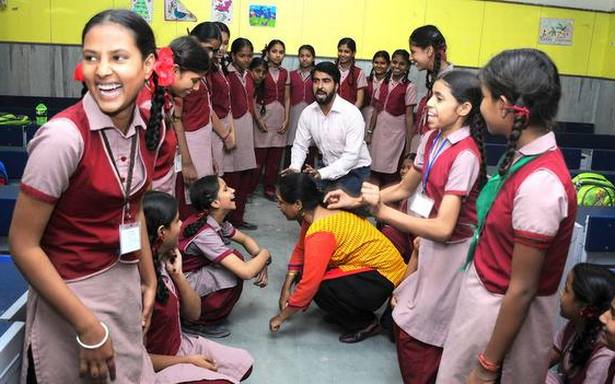


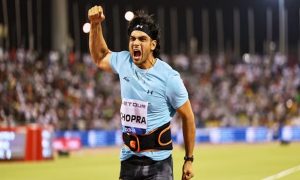

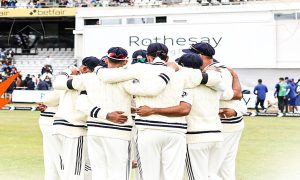

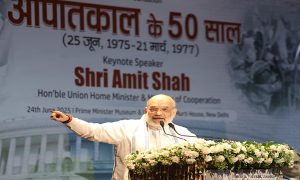



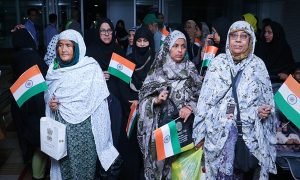

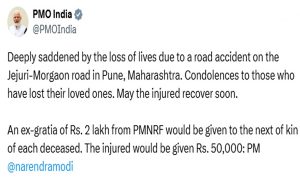



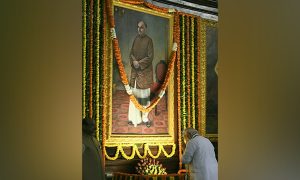

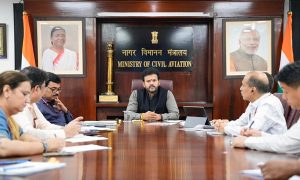

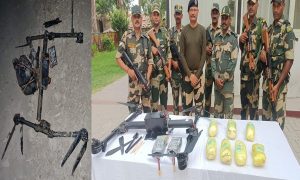





 WhatsApp us
WhatsApp us